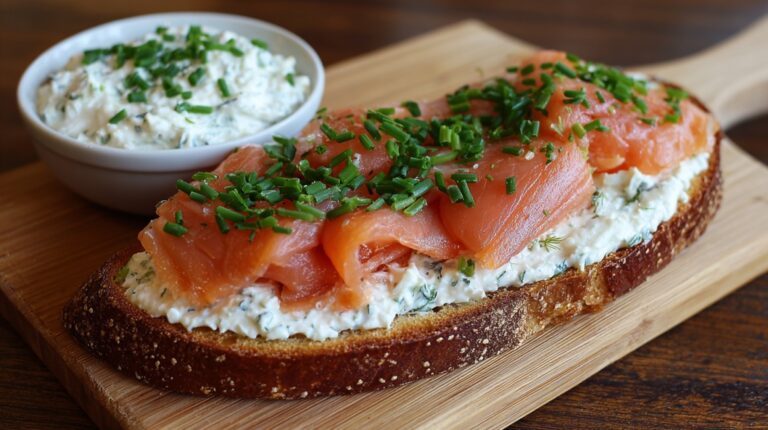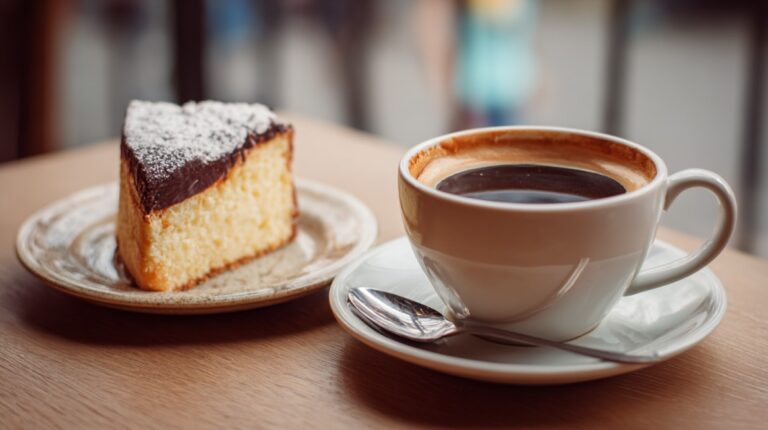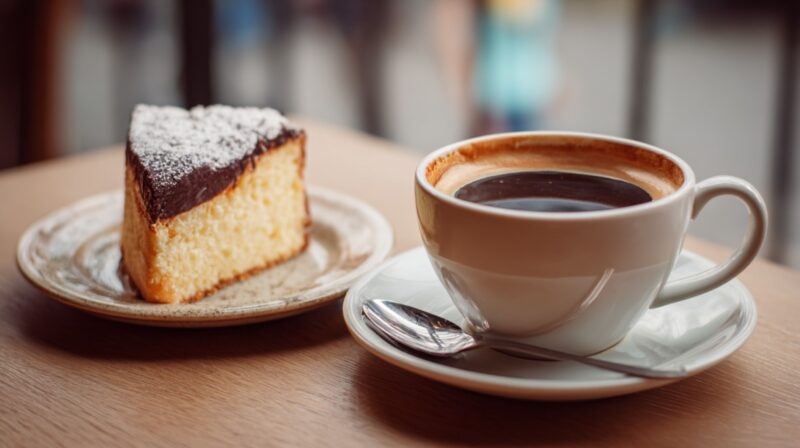
Sunday afternoons in childhood were marked by the comforting aroma of freshly brewed coffee and warm cake drifting through the house.
Plates were set, cups aligned, and the anticipation of a slice of something sweet filled the air. Kaffee und Kuchen, a German afternoon tradition, was more than just a snack; it was an experience.
As part of daily life in many German households, it carried cultural weight and personal meaning.
Moments spent at the table became a blend of flavors, conversation, and connection that linger in memory long after the plates were cleared.
Stars of the Show
An irresistible variety of cakes always defined the experience, each one bringing its personality to the table.
Some were baked at home using recipes passed down through generations, infused with the care and precision of family tradition.
Others arrived in neat boxes from the local bakery, carrying the allure of professional craftsmanship. Every gathering offered a spread that felt abundant and celebratory.
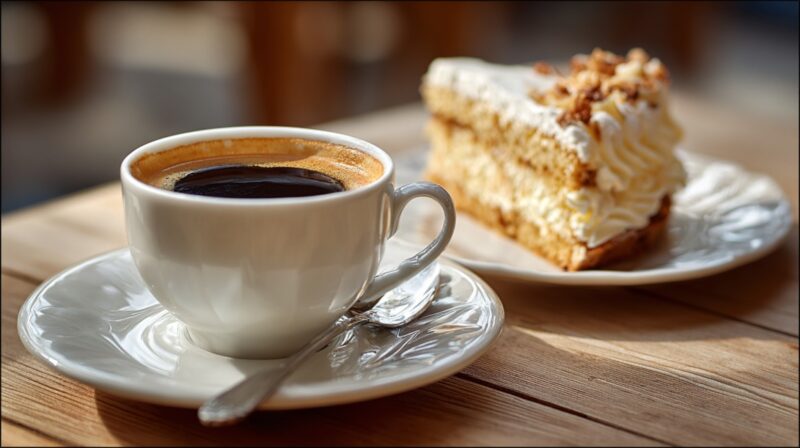
- Black Forest Gateaux layered with whipped cream and cherries
- Silky, creamy Käsekuchen
- Bienenstich with its honey-almond topping and custard center
- Zwetschgenkuchen topped with juicy plums
- Light and airy Käsesahnetorte
Regional preferences shaped the table as well. Southern Germany often favored stronger coffee and indulgent cream-based creations, while northern parts sometimes paired cake with tea instead.
For children, the ritual carried an extra layer of excitement:
Spotting the best slice before anyone else had the chance to claim it.
Personal favorites became almost sacred, turning every plate into a silent competition for the most desirable piece.
A Social Tradition
Kaffee und Kuchen went far beyond the act of eating. Conversation was just as central, forming the heart of the ritual.
Known in many circles as Kaffeeklatsch, it served as an informal platform for catching up, exchanging news, and occasionally engaging in gentle gossip.
Children often hovered at the edges of the table talk, curious about the snippets of adult conversation yet impatient for dessert.
Adults used the gathering to check in with one another, discussing everything from upcoming holidays to family milestones.
- School achievements were celebrated
- Travel plans were shared
- Awkward but well-meaning questions were asked
The flow of conversation created a sense of belonging, reminding everyone that these gatherings were as much about maintaining relationships as they were about enjoying the cakes.
Childhood Memories and Growing Appreciation
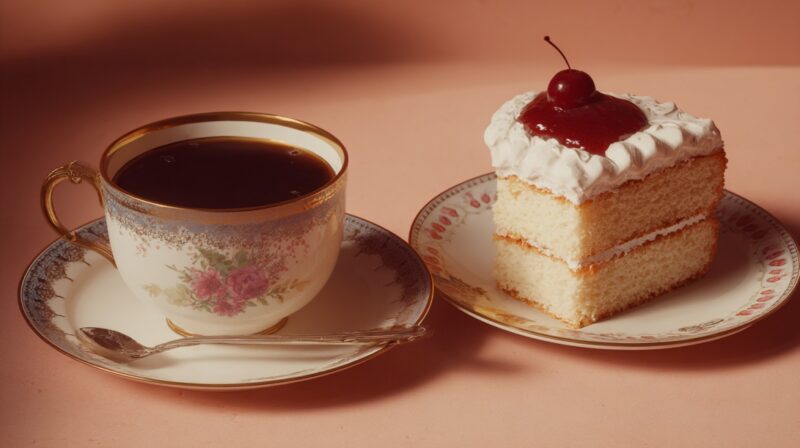
Patience felt like an impossible task as a child, sitting through lengthy discussions while the cake sat in plain sight.
Small fidgeting, whispered complaints, and longing glances at the dessert plates were part of the experience. Yet, with time, those moments took on a different hue.
What once felt drawn out evolved into a treasured pause in the week.
In later years, the ritual’s true value became clear. It wasn’t about rushing through the meal but savoring it, using the time as an anchor in an increasingly fast-paced life.
The tradition grew alongside personal maturity, becoming a deliberate act of reconnection with family and friends.
Sweetness was no longer measured only by sugar, but also by the warmth of familiar company.
Kaffee und Kuchen Abroad
Living in another country revealed how much the tradition had been woven into daily life. In the UK, tea came with its own customs, but the rhythm and atmosphere felt different.
The leisurely, unhurried nature of Kaffee und Kuchen was often missing. A quiet longing for the familiar Sunday ritual lingered.
- Baking traditional family recipes
- Hosting friends for afternoon gatherings
- Keeping the timing and structure intact, even if the setting was new
Although the surroundings changed, the core intention remained: to pause, share, and create a space where connection felt as natural as the aroma of fresh coffee.
The Sweetest Lessons
Kaffee und Kuchen held lessons that extended far past the kitchen. It taught the art of slowing down, the value of making time for people who matter, and the joy found in simple acts.
A table with coffee and cake became a refuge, a place where laughter, honest conversations, and comfortable silences all had their place.
The tradition continues to be a source of comfort, acting as a link between past and present. It serves as a gentle reminder that while cake may be sweet, the moments shared around it are often sweeter.
Perhaps it was never entirely about the dessert, yet its presence helped create a setting where life’s simple pleasures could shine.
One More Slice, Please
Afternoons filled with coffee, cake, and connection left an imprint that continues to bring joy.
Taking that extra slice wasn’t just about indulgence; it was about stretching the moment a little longer.
Anyone curious to experience it should not only try the flavors but also embrace the slower pace and company that give it meaning.
Related Posts:



